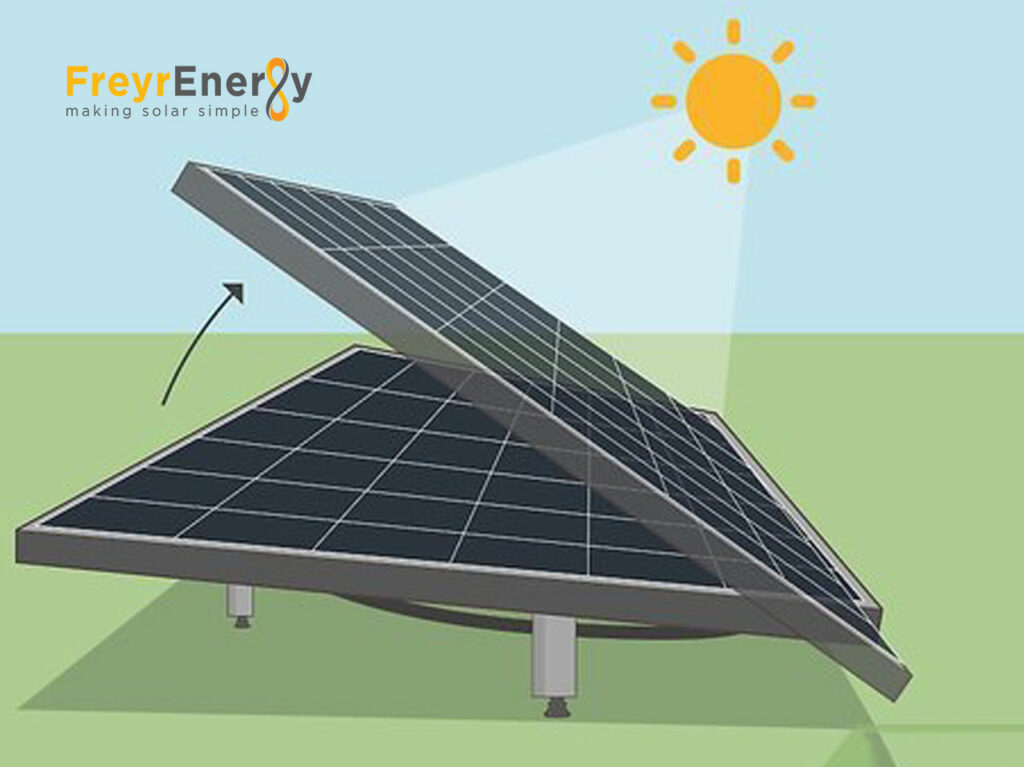Introduction
As the world grapples with the growing concerns of climate change and environmental sustainability, the quest for clean and renewable energy sources has never been more critical. Solar power, harnessed through photovoltaic (PV) technology, has emerged as a frontrunner in the race to combat the greenhouse gas emissions responsible for global warming. This blog post explores the exciting developments in solar panel efficiency, shedding light on how they are driving the green energy revolution.
The Basics of Solar Panel Efficiency
Before we dive into the advancements in solar panel technology, let’s first understand what solar panel efficiency means. In essence, solar panel efficiency measures how effectively a solar panel can convert sunlight into usable electricity. It is expressed as a percentage and represents the ratio of electrical output to the solar energy input.
Traditionally, solar panels had relatively low efficiency rates, often hovering around 15-20%. This meant that a significant portion of the sunlight hitting the panels was lost as heat or reflected away. However, recent breakthroughs have brought about a remarkable transformation in solar panel efficiency.
Advancements in Photovoltaic Technology
- Thin-Film Solar Panels
One of the most exciting developments in solar panel technology is the advent of thin-film solar panels. These panels are incredibly lightweight and flexible, making them suitable for various applications. What sets them apart is their ability to absorb sunlight at different angles, significantly improving efficiency. Thin-film solar panels have the potential to revolutionize the solar industry by providing more affordable and versatile options for harnessing solar energy.
- Multi-Junction Solar Cells
Multi-junction solar cells are another game-changer. Unlike traditional single-junction cells, which can only capture a specific portion of the solar spectrum, multi-junction cells have multiple layers that can absorb different wavelengths of light. This means they can extract energy from a broader range of the solar spectrum, increasing efficiency. These cells are commonly used in space applications but are now making their way into terrestrial solar panels.
- Bifacial Solar Panels
Bifacial solar panels are designed to capture sunlight not only from the front but also from the rear side, reflecting off the ground. This innovative approach effectively doubles the exposure to sunlight, boosting efficiency. Bifacial panels are gaining popularity in commercial and utility-scale solar installations, where every percentage point of efficiency improvement translates into significant energy gains.
- Perovskite Solar Cells
Perovskite solar cells have generated considerable excitement in the solar industry due to their exceptional potential for high efficiency and low-cost production. These cells are made from materials known as perovskites, which can be easily manufactured and offer the flexibility to be applied as a thin film. Researchers are actively working on improving the stability and longevity of perovskite cells, but their rapid development is promising for the future of solar technology.
The Impact on Renewable Energy
The improvements in solar panel efficiency are not only reshaping the technology itself but also the renewable energy landscape as a whole. Here are some of the significant impacts:
- Increased Affordability
As solar panels become more efficient, they can produce more electricity from the same amount of sunlight. This means that fewer panels are needed to generate the same amount of energy, reducing the overall cost of solar installations. This affordability makes solar power more accessible to a broader range of consumers and businesses.
- Greater Energy Output
Higher efficiency solar panels yield greater energy output, making them ideal for locations with limited roof space or where maximizing energy production is crucial. This is particularly important for solar farms and large-scale utility installations.
- Environmental Benefits
The environmental benefits of improved solar panel efficiency are immense. With more energy generated from each panel, the carbon footprint associated with the production and transportation of panels is significantly reduced. Furthermore, the increased adoption of solar power contributes to the reduction of greenhouse gas emissions, helping combat climate change.
Challenges and Considerations
While the advancements in solar panel efficiency are undeniably exciting, there are still some challenges and considerations to be aware of. These include:
- Cost of New Technologies
Cutting-edge solar technologies, such as perovskite solar cells, can be more expensive to manufacture and install initially. However, as these technologies become more widely adopted and production scales up, costs are expected to decrease over time.
- Reliability and Durability
Some advanced solar technologies, like perovskite cells, are still in the experimental phase and may not have the same level of reliability and durability as traditional silicon-based panels. Extensive research is ongoing to address these concerns and ensure long-term performance.
Conclusion
The journey to improving solar panel efficiency has been nothing short of remarkable. From thin-film panels to multi-junction cells, these advancements are propelling solar power into a brighter, more sustainable future. As efficiency rates continue to climb and costs decrease, solar energy will play an increasingly significant role in our transition to a greener and more sustainable world. The future of renewable energy looks promising, thanks to the ongoing innovations in photovoltaic technology. So, whether you’re considering installing solar panels on your home or investing in solar energy, you can rest assured that the future is looking sunny and efficient.



